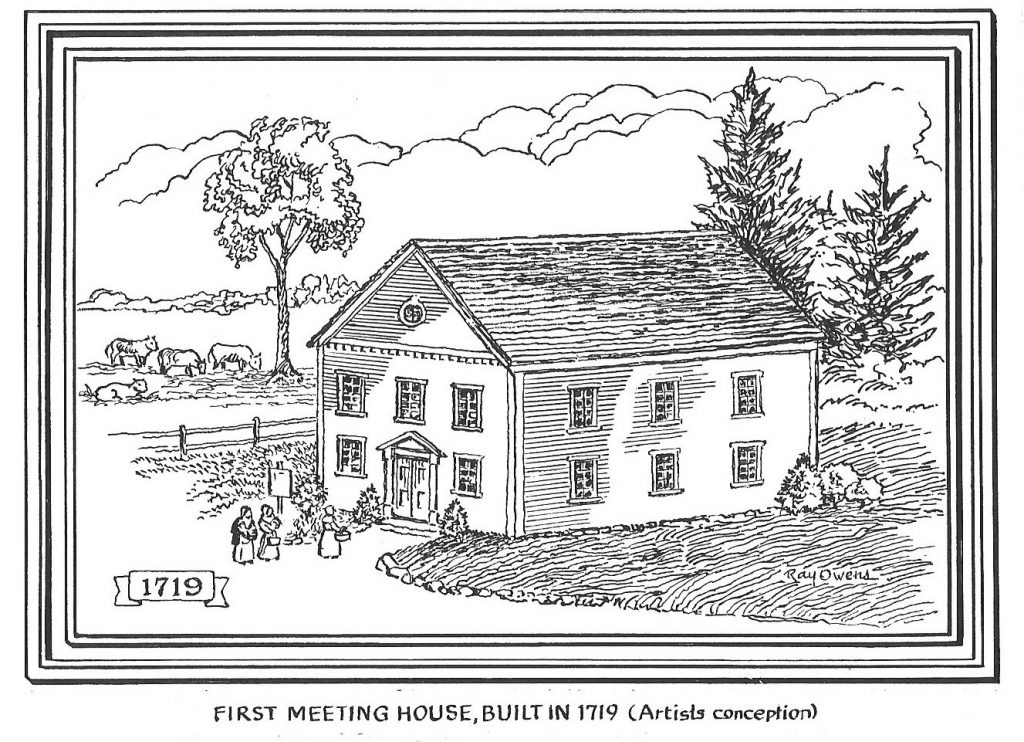By Dan Shine
Voice Columnist

West Haven’s Centennial
Part IV
See: Part 1 | Part 2 | Part 3 | Part 5 | Part 6
The story of West Haven’s early growth and development cannot be told without focusing some attention on the First Congregational Church. In 1710, a forward-thinking village committee met with citizen Eliphalet Bristol and negotiated to purchase from him seven acres of marshy ground–which Bristol considered practically worthless—but which the committee foresaw as the future center of village life. This land would become the area known as West Haven Green.
Next, the citizens of West Haven made their appeal to the authorities in New Haven to establish a separate parish in West Haven; this repeated request was met with repeated resistance. So, for over eighty years, the families of West Farms were forced to walk six miles to New Haven in order to worship. This was an extreme hardship in those days of unpaved roads. In 1719, and after much contention West Haven was finally allowed its own parish, separate from that of New Haven, and then a meetinghouse was promptly built at the northeast corner of the green. The new meetinghouse quickly became the center of community life, hosting a number of religious and civil functions. It was a simple building, with no steeple or bell. Each Sunday a drummer called the faithful to the worship service, which generally lasted all day.
Since the village functioned under the authority of the church, it was also incumbent upon the church to minister both to the religious and secular needs of the community. To that end, the church established many “firsts” in West Haven:
“ The first school, which met on weekdays in the meeting house.
~~ The first church school, which taught the Congregational Catechism to children of the church on Saturdays, in preparation for Sunday worship.
~~ The first bank in the community.
~~ The first post office in the community.
~~ The first library in the community in 1792, thanks to the visionary efforts of Rev. Williston
~~ The Gospel Wagon, a horse drawn affair, which beginning in 1885 was part of the church’s evangelical outreach to the community, by holding regular church services complete with choir from the Savin Rock amusement area.
~~ In addition, during the American Revolution Rev. Williston used his pulpit as a recruiting station for the Continental Army.
The original church meeting house stood from 1719 until 1851 when a new church building was constructed, at a cost of $4500. That church burned to the ground in 1857; in 1859 it was replaced by the present structure, which cost $10,000 and has withstood storm and fire in all of the years from that day until the present.
Today, First Church carries on its ministry to the community, wherever and whenever they see the need.
To be continued.